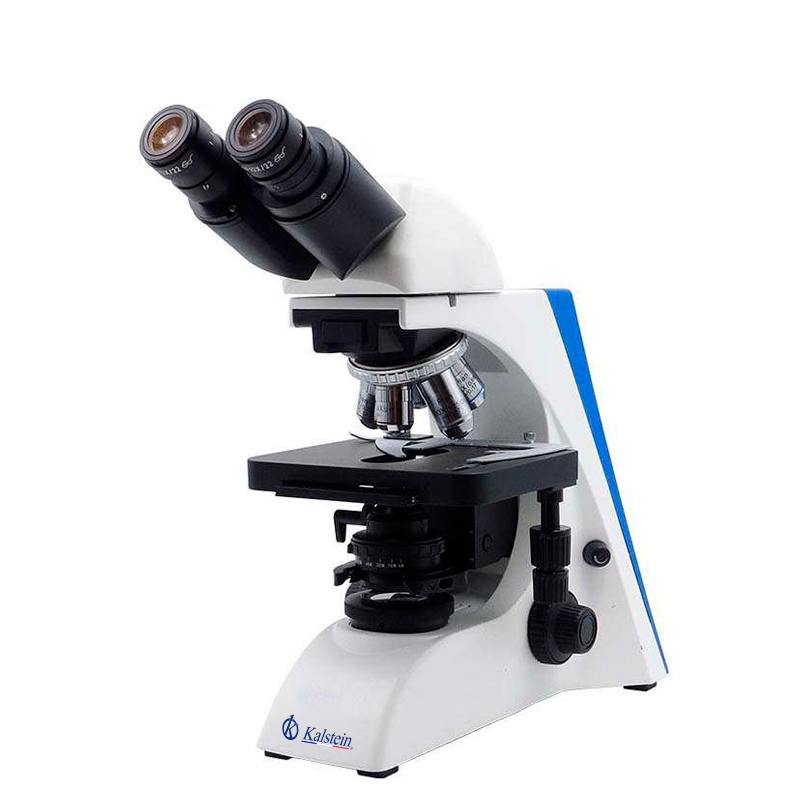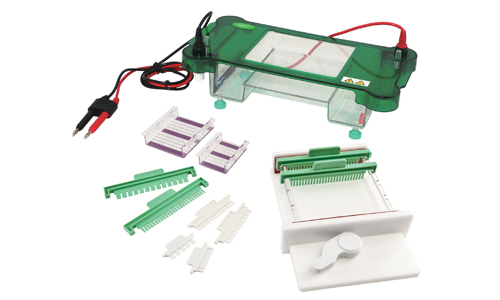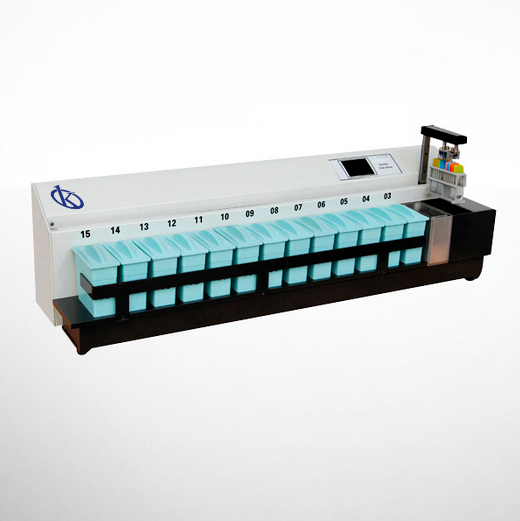The microscope allows to observe samples almost invisible to the human eye, and in the laboratories, are ideal equipment for carrying out microbiological studies. Therefore, the most commonly used type of microscope is the binocular, because they have, as its name indicates, two eyepieces.
In this way, the user can see the sample with both eyes, resulting in greater comfort, reducing eye tension, since you do not have to close an eye to observe, as happens with monocular microscopes. Therefore, the binocular microscope is necessary when working for long periods of time.
General Functions
The arrangement of a binocular microscope is similar to that of a monocular microscope. However, the discrepancy is the representation of a prism that divides the light derived from the lens into two equal beams towards the two eyepieces.
Binocular microscopes are prepared to observe two-dimensional images, between 4x and 1500x, are considered empty increases. In addition, they allow to improve the perception between the lenses, to adjust to the distance between the eyes of the observer. Similarly, they can be graded to correct observer defects and focus the image correctly.
Parts of a Binocular Microscope
The binocular microscope is structured by the pinnacle, base and arm. While the optical parts of a binocular microscope include:
- The ocular is where the user sets his eyes for the analysis of the sample.
- Transport arm, is the type of part by which the user can take the equipment to move it from one place to another.
- The lens of the lens is the second of the two lenses that performs the actual zoom of the sample, so if it is not adjusted in the correct position, you will not see the proper image.
- The stage is the platform on which you can hold the slide.
- Stage clips, the slide can be held in place on the stage with level clips. Most of the time, these will be attached to the perimeters of the slide.
- Stage controls, these can help you move the slide through at the same time you are viewing it, but they are more useful if the slide is well trimmed with the clips on the stage.
- Fine focus, this is usually the smallest of the 2 knobs. It’s the one that’s used over and over again in slide show.
- Condenser adjustment, is a part incorporated into the diaphragm of the equipment, and allows to regulate the amount of light that reaches the condenser and is mounted directly under the deck.
- Diaphragm, this is located below the hole in the level where light passes to the slide, which opens and closes an iris to let more or less light through the slide.
Importance of the Microscope
A binocular microscope, also known as a composite microscope, is an optical microscope with two eyepieces, to considerably provide visualization and reduce visual fatigue.
The main particularity of the binocular microscope is that it has two oculars through which the sample is observed. Because of their convenience, they are best suited for running studies for too long a continuous period. It generates two-dimensional (2D) images. What is sought by its use, is that the user can adjust the lenses, enough to work comfortably.
Kalstein brand microscope
At Kalstein, we have the best laboratory equipment to meet the best technology for our users. In this case, we offer you the Microscopes, belonging to the YR models, with very attractive general features, such as; 3 W LED system, two wave range (B, G, U, V can be combined). Fly-eye lens illumination. Infinite optical system, Infinity siedentopf binocular display head; inclined to 45° interpupillary 47-78 mm. Infinite phase contrast lens. 3 W S-LED (LCD amplification), sleep timer, brightness lock and indication, etc., application software. Tilt binocular display head. Scenario without frame 230 mm x 150 mm, range of motion 78 mm x 54 mm
We are manufacturers and we have the best advice, so that your purchase is the ideal and at excellent prices. For more information, visit our page at




